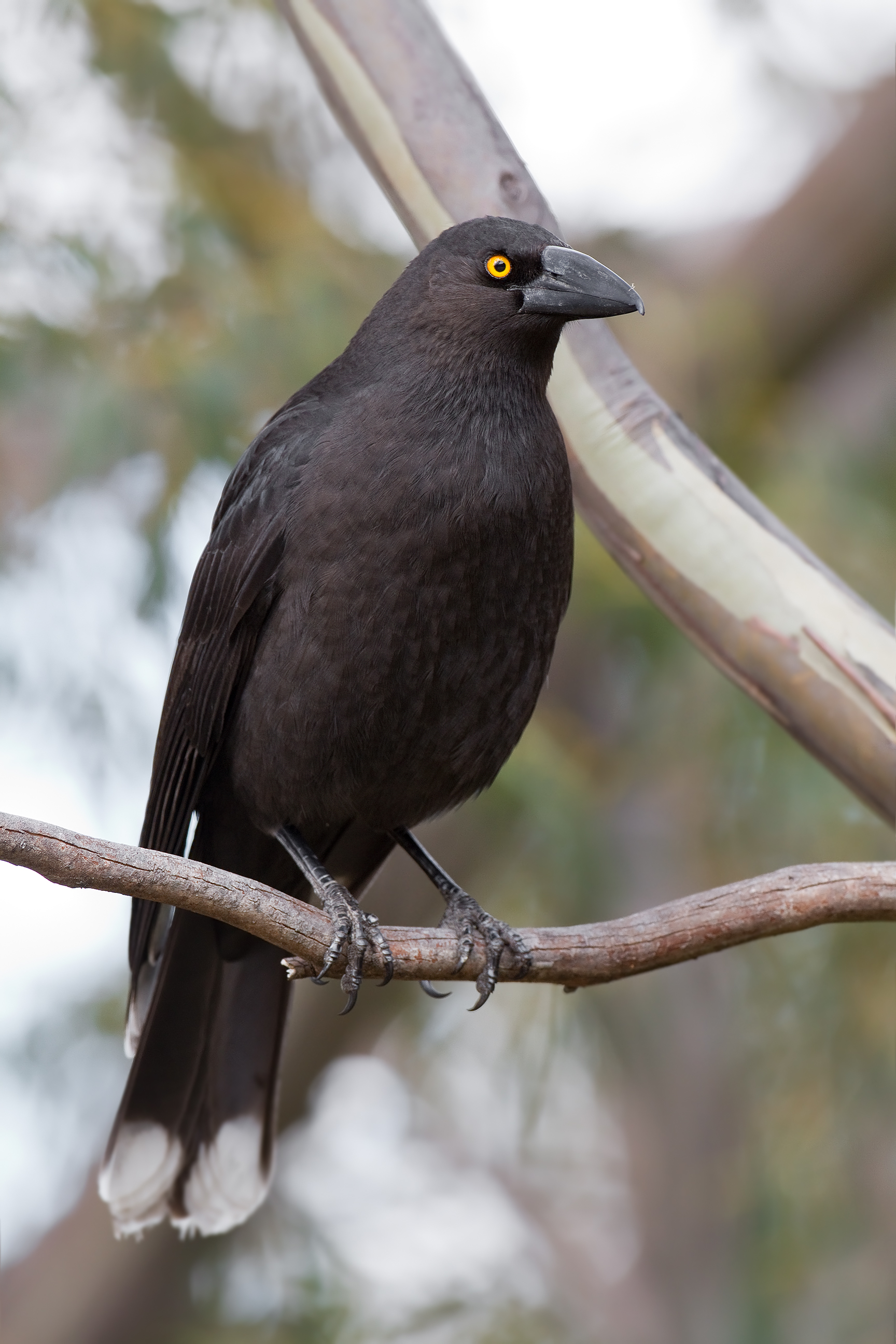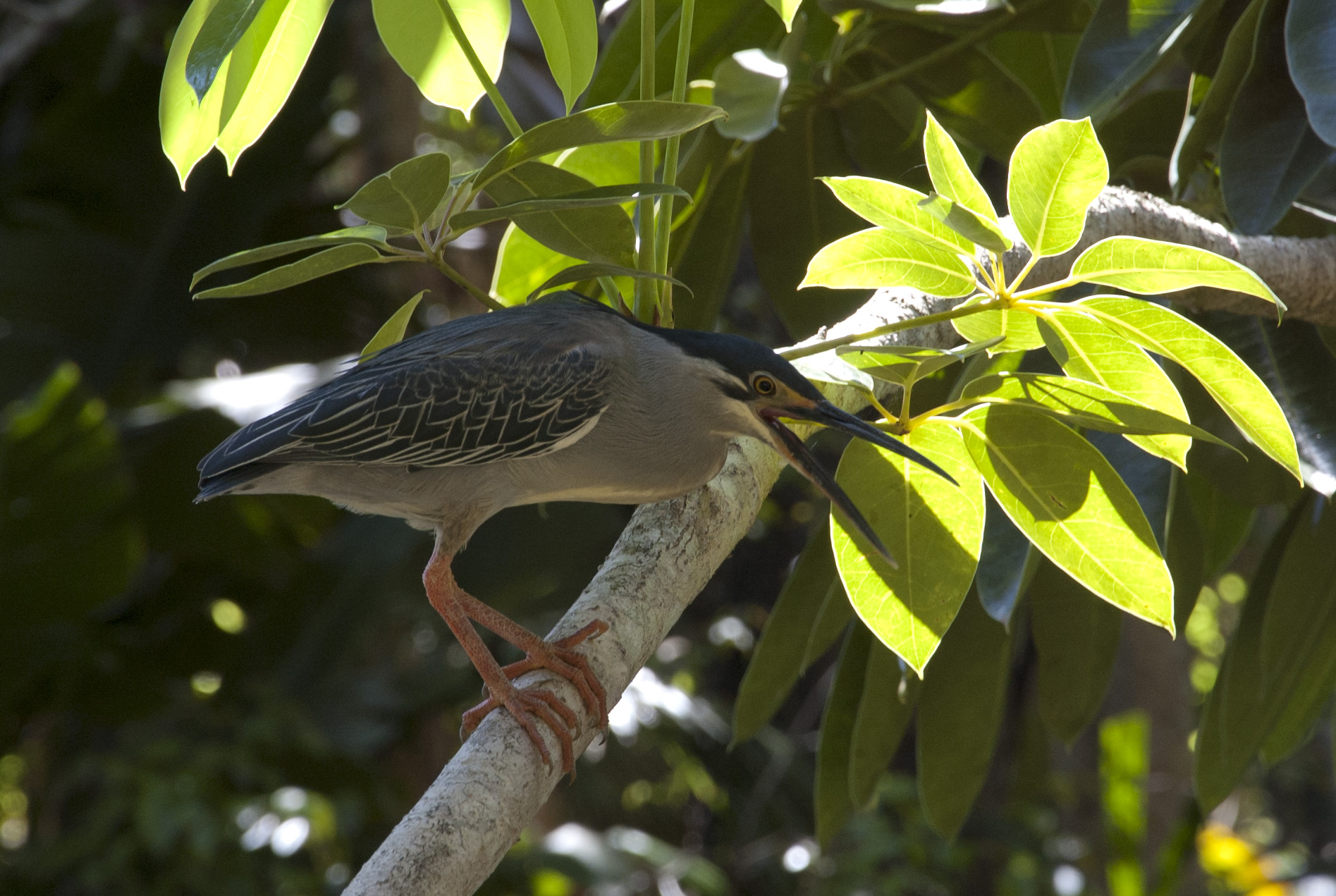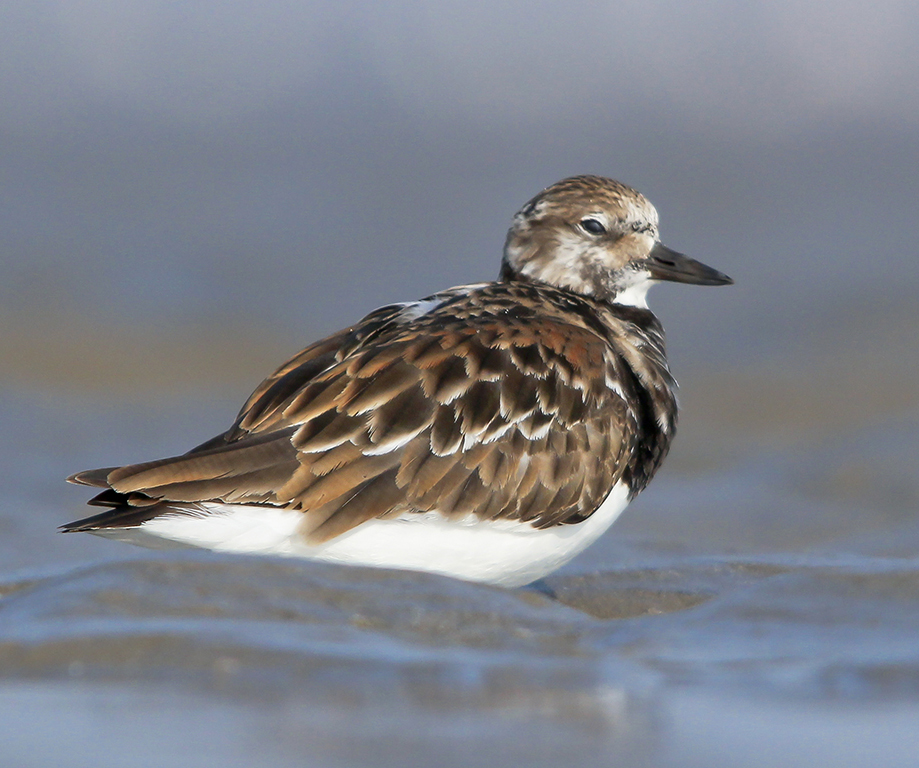|
Careel Bay
Careel Bay (formerly 'Evening Bay') is a bay and adjacent locality in Sydney, New South Wales, Australia. The locality is within the suburb of Avalon Beach. The bay lies adjacent to the suburbs of Avalon Beach and Palm Beach in the north east of Pittwater. Environment The bay has the largest stand of mangroves and sea grass beds in Pittwater. The Bay is also a fish nursery important to Pittwater and nearby coastal waters. A total of 116 bird species have been recorded at Careel Bay and its immediate catchment. The endangered Bush Stone-Curlew is a resident of Careel Bay, along with the regionally significant Mangrove Gerygone and international migratory species such as the Eastern Curlew, Whimbrel and Bar-tailed Godwit. Some of these birds, from East-Asia, use Careel Bay as a stop off area. The Federal Government and Australian people are committed to a number of agreements to protect these birds and their habitat, including the China-Australia Migratory Bird Agreement ... [...More Info...] [...Related Items...] OR: [Wikipedia] [Google] [Baidu] |
Grey-tailed Tattler
The grey-tailed tattler (''Tringa brevipes'', formerly ''Heteroscelus brevipes''Banks, Richard C.; Cicero, Carla; Dunn, Jon L.; Kratter, Andrew W.; Rasmussen, Pamela C.; Remsen, J. V. Jr.; Rising, James D. & Stotz, Douglas F. (2006):Forty-seventh Supplement to the American Ornithologists' Union Check-list of North American Birds '' Auk'' 123(3): 926–936. DOI: 10.1642/0004-8038(2006)123 26:FSTTAO.0.CO;2*Pereira, Sérgio Luiz & Baker, Alan J. (2005): Multiple Gene Evidence for Parallel Evolution and Retention of Ancestral Morphological States in the Shanks (Charadriiformes: Scolopacidae). ''Condor'' 107(3): 514–526. DOI: 10.1650/0010-5422(2005)107 514:MGEFPE.0.CO;2), also known as the Siberian tattler or Polynesian tattler, is a small shorebird in the genus ''Tringa''. The English name for the tattlers refers to their noisy call. The genus name ''Tringa'' is the New Latin name given to the green sandpiper by Aldrovandus in 1599 based on Ancient Greek ''trungas'', a thrush-size ... [...More Info...] [...Related Items...] OR: [Wikipedia] [Google] [Baidu] |
Keolis Downer Northern Beaches
Keolis Downer Northern Beaches is a bus operator in Sydney, Australia. A subsidiary of Keolis Downer, it operates services in Sydney Bus Region 8 on the Lower North Shore and Northern Beaches under contract to Transport for NSW. Its headquarters are located at Brookvale Bus Depot. History In October 2019, the Government of New South Wales announced that the bus operations of State Transit were to be contracted out to the private sector. In May 2021, Keolis Downer Keolis Downer is a joint venture between Keolis, the largest private sector French transport group, and Downer Rail, an Australian railway engineering company, that operates bus and tram services in Australia. History In June 2009, the Victor ... was awarded the contract to operate Sydney Bus Region 8. Keolis Downer Northern Beaches (KDNB) commenced operating on 31 October 2021 with its contract to run for eight years. Fleet As of July 2022, the fleet consists of 413 buses operating from three depots. [...More Info...] [...Related Items...] OR: [Wikipedia] [Google] [Baidu] |
Barrenjoey Road
Barrenjoey Road is a main urban road along the northern coast of the Northern Beaches suburbs of Sydney, Australia. In 1978, the Barrenjoey Road area came to national attention due to the unsolved disappearance of Trudie Adams. Route Barrenjoey Road commences at the intersection with Beach Road in Palm Beach and heads in a southerly direction as a two-lane, single-carriageway road, through Bilgola Beach and Avalon Beach before it reaches Newport, where it widens to a four-lane, dual-carriageway road, and then to six lanes immediately afterwards, to eventually terminate at the intersection with Pittwater Road in Mona Vale. History The passing of the ''Main Roads Act of 1924'' through the Parliament of New South Wales provided for the declaration of Main Roads, roads partially funded by the State government through the Main Roads Board (later the Department of Main Roads, and eventually Transport for NSW). Main Road No. 164 was declared along this road on 8 August 1928, from ... [...More Info...] [...Related Items...] OR: [Wikipedia] [Google] [Baidu] |
Currawong Avenue Reserve
Currawongs are three species of medium-sized passerine birds belonging to the genus ''Strepera'' in the family Artamidae native to Australia. These are the grey currawong (''Strepera versicolor''), pied currawong (''S. graculina''), and black currawong (''S. fuliginosa''). The common name comes from the call of the familiar pied currawong of eastern Australia and is onomatopoeic. They were formerly known as crow-shrikes or bell-magpies. Despite their resemblance to crows and ravens, they are only distantly related to the corvidae, instead belonging to an Afro-Asian radiation of birds of superfamily Malaconotoidea. They are not as terrestrial as the magpie and have shorter legs. They are omnivorous, foraging in foliage, on tree trunks and limbs, and on the ground, taking insects and larvae (often dug out from under the bark of trees), fruit, and the nestlings of other birds. They are distinguishable from magpies and crows by their comical flight style in amongst foliage, appe ... [...More Info...] [...Related Items...] OR: [Wikipedia] [Google] [Baidu] |
Mangrove Gerygone
The mangrove gerygone (''Gerygone levigaster'') is a species of bird in the Australian warbler family Acanthizidae. The species is also known as the mangrove warbler. The species is thought to form a superspecies with the closely related fan-tailed gerygone of Melanesia and the Australian western gerygone. There are three subspecies of mangrove gerygone, ''G. l. pallida'', found in southern New Guinea, the nominate race ''G. l. levigaster'', which is found from coastal Western Australia to coastal north Queensland, and ''G. l. cantator'', which is found from coastal Queensland to New South Wales. The species is uncommon in New Guinea and has suffered some declines due to mangrove clearances but is not considered threatened by the IUCN. The species is principally distributed in mangrove forests and in forests and woodland adjacent to mangroves. The species will move into nearby forests from mangroves to feed, particularly in the breeding season. Where its range overlaps with that ... [...More Info...] [...Related Items...] OR: [Wikipedia] [Google] [Baidu] |
Royal Spoonbill
The royal spoonbill (''Platalea regia'') also known as the black-billed spoonbill, occurs in intertidal flats and shallows of fresh and saltwater wetlands in Australia, New Zealand, Indonesia, Papua New Guinea, and the Solomon Islands. (In New Zealand, it is also known by the Māori name .) It has also been recorded as a vagrant in New Caledonia. The royal spoonbill lives in wetlands and feeds on crustaceans, fish and small insects by sweeping its bill from side to side. It always flies with its head extended. Widespread throughout its large range, the royal spoonbill is evaluated as Least Concern on the IUCN Red List of Threatened Species. Taxonomy The renowned ornithologist John Gould first described the royal spoonbill in 1838, naming it ''Platalea regia'' and noting its similarity to the Eurasian spoonbill (''P. leucorodia''). A 2010 study of mitochondrial DNA of the spoonbills by Chesser and colleagues found that the royal and black-faced spoonbills were each other's closes ... [...More Info...] [...Related Items...] OR: [Wikipedia] [Google] [Baidu] |
Striated Heron
The striated heron (''Butorides striata'') also known as mangrove heron, little green heron or green-backed heron, is a small heron, about 44 cm tall. Striated herons are mostly sedentary and noted for some interesting behavioral traits. Their breeding habitat is small wetlands in the Old World tropics from west Africa to Japan and Australia, and in South America and the Caribbean. Vagrants have been recorded on Oceanic islands, such as Chuuk and Yap in the Federated States of Micronesia, the Marianas and Palau; the bird recorded on Yap on February 25, 1991, was from a continental Asian rather than from a Melanesian population, while the origin of the bird seen on Palau on May 3, 2005 was not clear. This bird was long considered to be conspecific with the closely related North American species, the green heron, which is now usually separated as ''B. virescens'', as well as the lava heron of the Galápagos Islands (now ''B. sundevalli'', but often included in ''B. striata'', ... [...More Info...] [...Related Items...] OR: [Wikipedia] [Google] [Baidu] |
White-faced Heron
The white-faced heron (''Egretta novaehollandiae'') also known as the white-fronted heron, and incorrectly as the grey heron, or blue crane, is a common bird throughout most of Australasia, including New Guinea, the islands of Torres Strait, Indonesia, New Zealand, and all but the driest areas of Australia. It is a medium-sized heron, pale, slightly bluish-grey, with yellow legs and white facial markings. It can be found almost anywhere near shallow water, fresh or salt, and although it is prompt to depart the scene on long, slow-beating wings if disturbed, it will boldly raid suburban fish ponds. Taxonomy The species was originally described by ornithologist John Latham in 1790. It was historically considered to be closely related to '' Ardea'' but for some time it was placed in its own genus—''Notophoyx''—because of the absence of the plumes typical in that genus. In his review of the family Ardeidae, American ornithologist Walter J. Bock placed the white-faced heron in ... [...More Info...] [...Related Items...] OR: [Wikipedia] [Google] [Baidu] |
Ruddy Turnstone
The ruddy turnstone (''Arenaria interpres'') is a small cosmopolitan wading bird, one of two species of turnstone in the genus ''Arenaria''. It is now classified in the sandpiper family Scolopacidae but was formerly sometimes placed in the plover family Charadriidae. It is a highly migratory bird, breeding in northern parts of Eurasia and North America and flying south to winter on coastlines almost worldwide. It is the only species of turnstone in much of its range and is often known simply as turnstone. Taxonomy The ruddy turnstone was formally described by the Swedish naturalist Carl Linnaeus in 1758 in the tenth edition of his ''Systema Naturae'' under the binomial name ''Tringa interpres''. The species is now placed together with the black turnstone in the genus '' Arenaria'' that was introduced by the French zoologist Mathurin Jacques Brisson in 1760 with the ruddy turnstone as the type species. The genus name ''arenaria'' is from Latin ''arenarius'', "inhabiting sand" ... [...More Info...] [...Related Items...] OR: [Wikipedia] [Google] [Baidu] |
Red-necked Stint
The red-necked stint (''Calidris ruficollis'') is a small migratory wader. The genus name is from Ancient Greek ''kalidris'' or ''skalidris'', a term used by Aristotle for some grey-coloured waterside birds. The specific ''ruficollis'' is from Latin ''rufus'', "red" and ''collum'', "neck". Description These birds are among the smallest of waders, very similar to the little stint, ''Calidris minuta'', with which they were once considered conspecific. The red-necked stint's small size, fine dark bill, dark legs and quicker movements distinguish this species from all waders except the other dark-legged stints. It measures in length, in wingspan and in body mass. It can be distinguished from the western sandpiper and the semipalmated sandpiper in all plumages by its combination of a fine bill tip, unwebbed toes, and longer primary projection. The breeding adult has an unstreaked orange breast, bordered with dark markings below, and a white V on its back. In winter plumage identifi ... [...More Info...] [...Related Items...] OR: [Wikipedia] [Google] [Baidu] |






